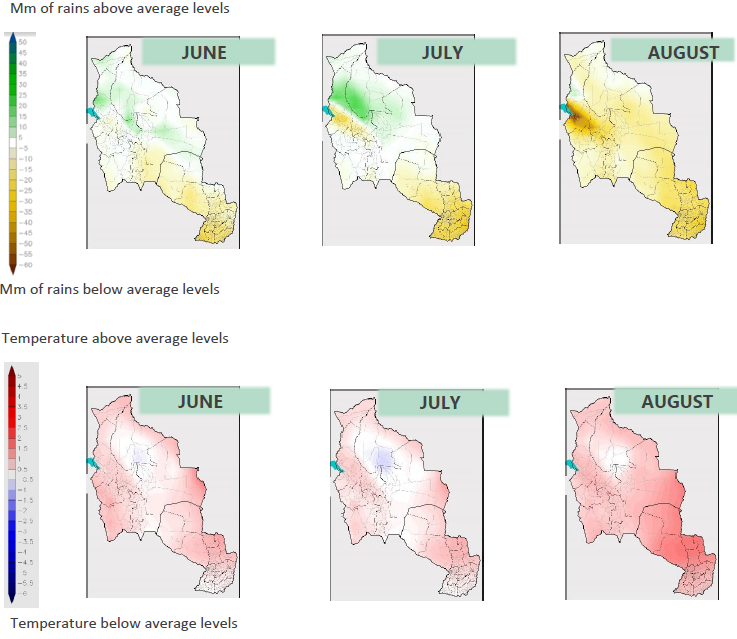PARAGUAY – Preparation stage at Salitre Cue (July 2021).
Weather/Situation: Low rainfalls were so far registered compared with the historical average for the same period. Only some patchy rains were recorded which didn’t allow us so far the fully our artificial lake (480 ha). We are still missing 50 cm of water and the level of the river is currently to low to pump the balance.
The latest forecasts are not favourable for the coming months as lower rains than usually are predicted for July and August with higher temperature than usually for this period ; the situation is expected to get worse in September when the sowing season of rice and soybean will started.
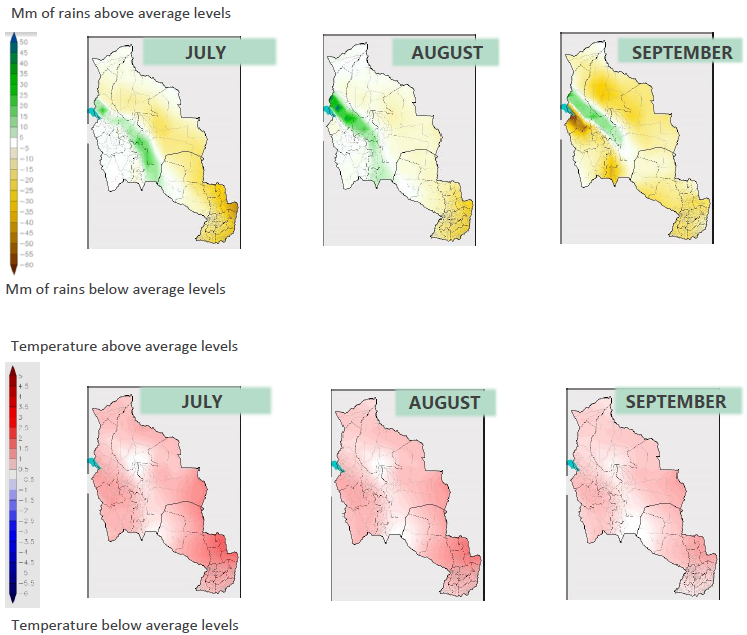
It’s likely that La Niña will redevelop in the coming months with a peak in December/January for our region. A more intense drought than in 2020/21 is expected as you can read in the article from ABC Colour.
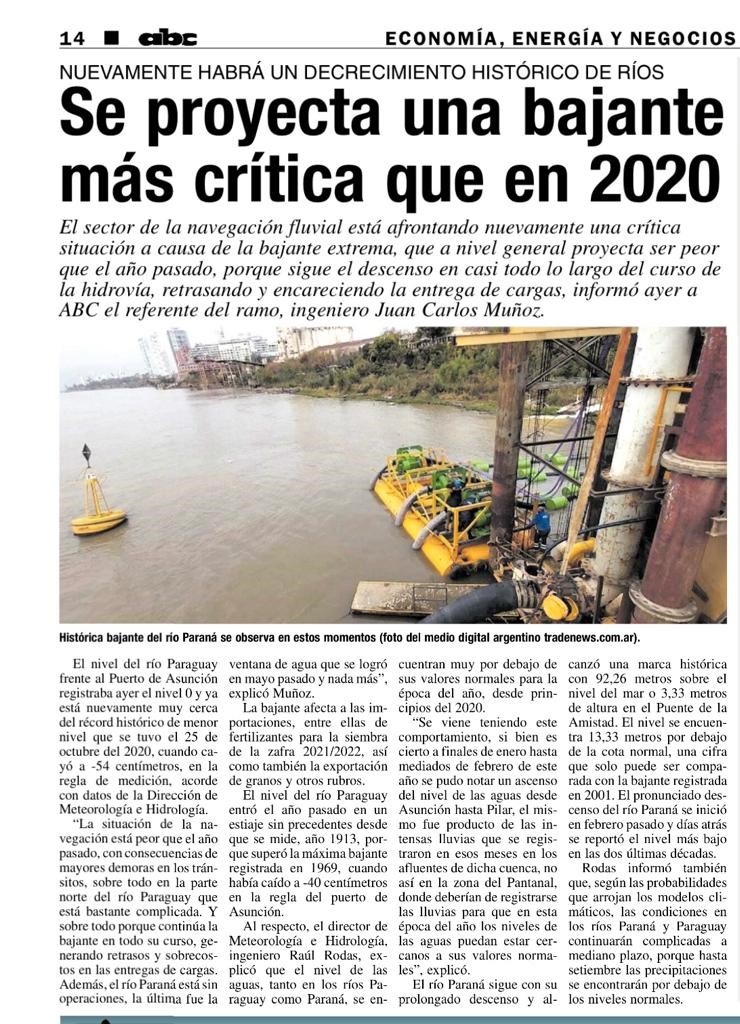
Soybean land preparation: 650 ha among 1,100 are in the final stage of preparation and we are currently performing the last labour in block B. The hatched soybean area will be terminated by the end of 2nd week of July. In the reaming area, we have two passes to make with ploughing machines – calcareo to apply and another final plough to finish the sequence.
In order to optimise field-level management, we are also going to adopted Real Time Kinematic (RTK) technology using GPS guidance systems to ensure we have the most accurate picture of the field and achieve the highest level of precision to create an accurate well balanced design. We are already using this technology for our rice activity and we will replicate it for soybean cultivation. Basically, topographical data collected are then processed with a specific software to perform optimal land levelling with the tractors on autopilot. The system not only offer higher accuracy but is also reducing the amount of time it takes to complete our land-levelling operations. All those information can also be reused for future seasons.
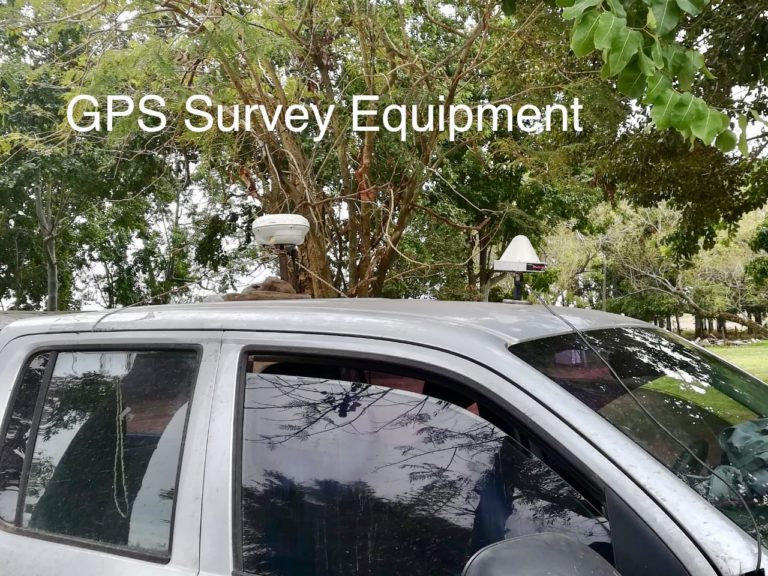
We have also cleaned drainage for soybean plots as you can see below.

Rice: Given the high probability of a new drought, we are evaluating with our partner GPSA the possibility to reduce our rice surface exposure and to reallocate part to soybean cultivation. Our “base rice surface” is amounting to 1,650 ha of which we believe around 30% can be reallocate this cycle to soybean cultivation. Furthermore, outlooks for soybean are attractive as there is a strong demand led by China and stocks are low.
ARGENTINA – Physical account at Curupi Pora farm (July 2021).
Operation: As part of our fiscal year end closing procedures, we are currently performing the physical account of our herd.

The process is more complex and lengthened because of the sanitary restrictions. Under normal conditions, the process is already heavy in terms on logistic (above 5,300 heads at the farm to pool and count) but with the worsening sanitary conditions in the northern province of Argentina and protocols to be applied, its becoming epic.

The cherry on the cake, we have also to face frosts as you can see (the climate of the region is classified as subtropical climate).

Even is this challenging environment, the quality reached of our breed (good hold, colour and uniformity of the calves) makes us proud and motivates the entire team of Curupi Pora.
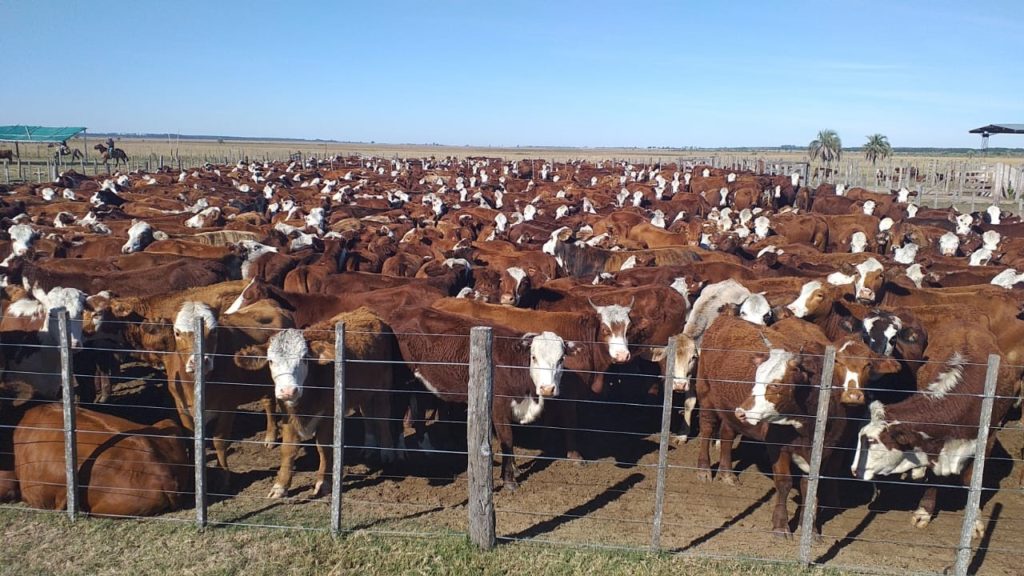
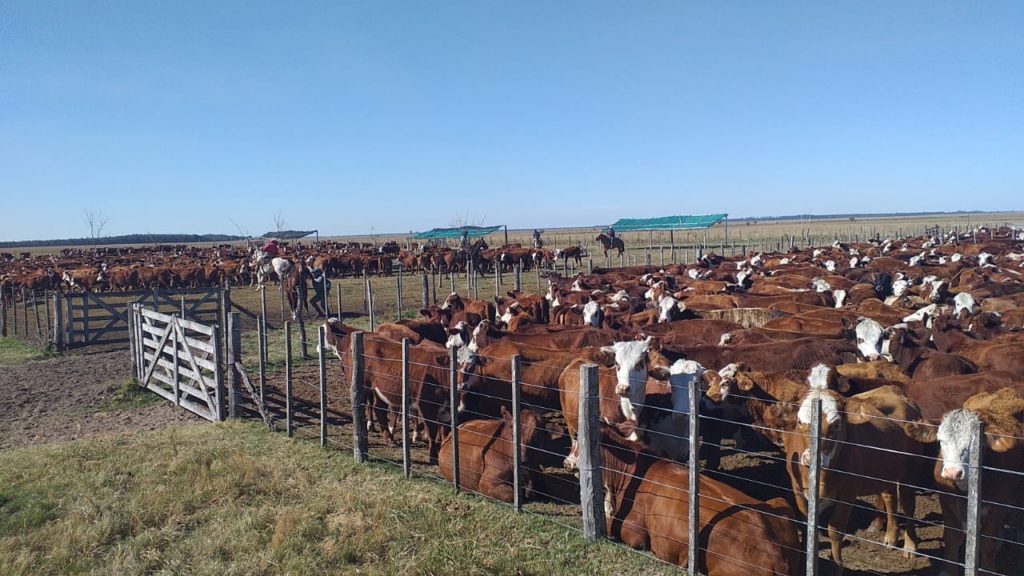
We have also terminated to refresh our corral facilities. The upgraded chute will allow us to have a better service for delivery or sanitary duties.
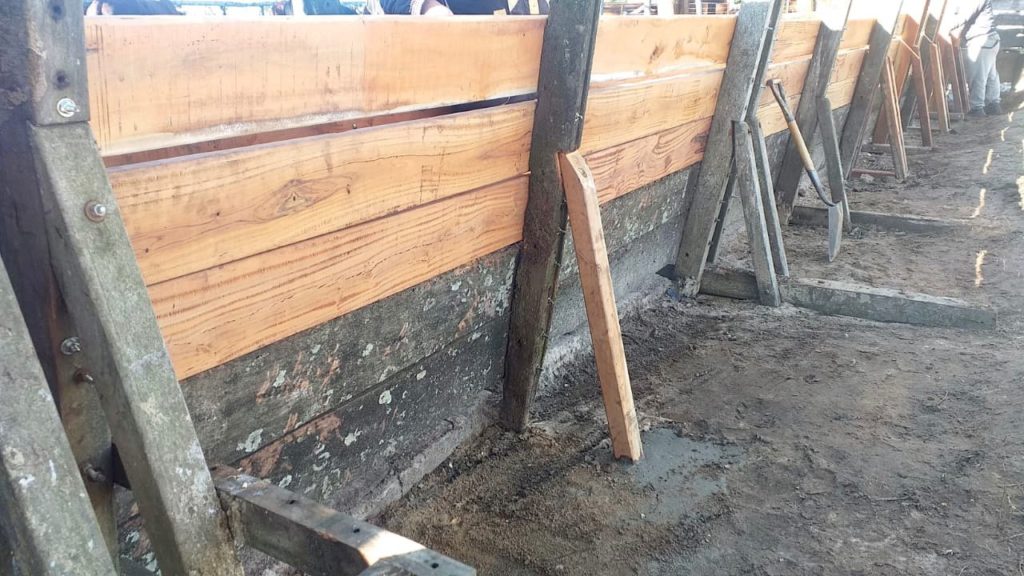
Market news: Argentina has now returned to the global beef export trade after its earlier self-imposed 30-day suspension – but only under significant limitations, some of which are likely to last until the end of the year. Argentinean beef exporters are now permitted to export 50 % of volume recorded in 2020, measured on a monthly basis, but a complete suspension will remain on certain items. This means that around 250,000 tonnes of beef would be removed from the global beef market. The biggest loser out of this will be China as Chinese were getting around 40,000 tonnes a month in shipments, this year that will be reduced to about 20,000 tonnes.
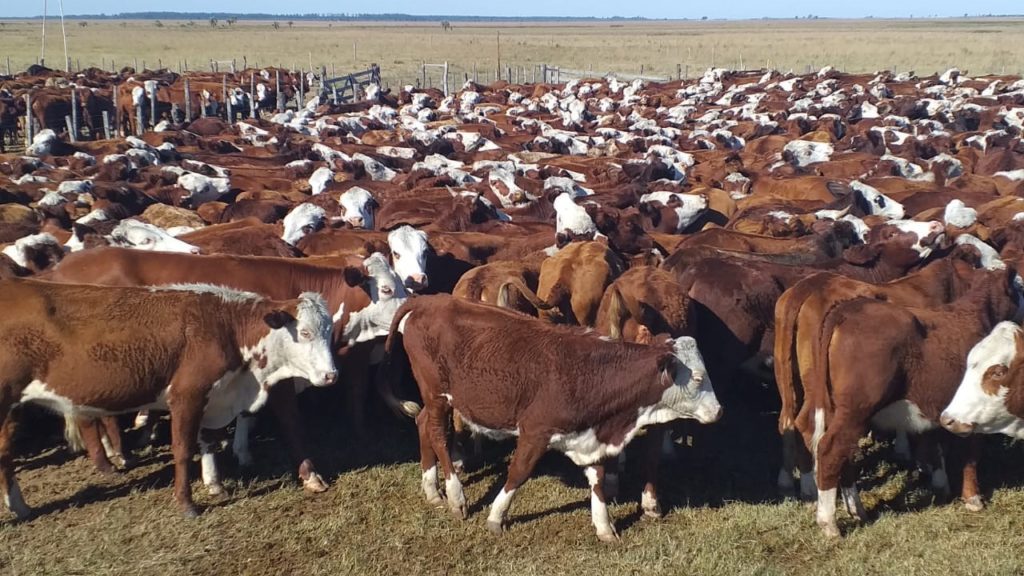
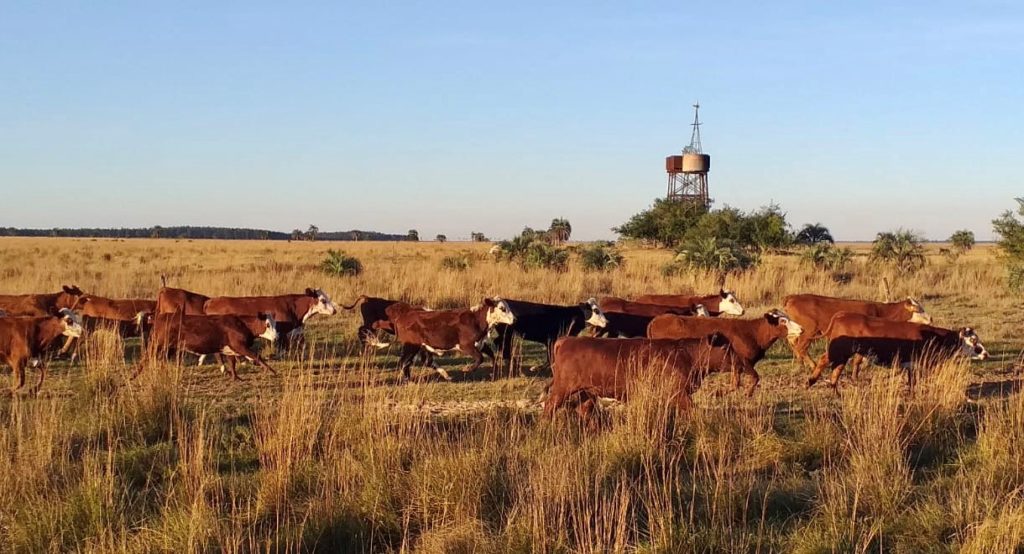
ARGENTINA – Update on Curupi Pora farm activities (June 2021).
Situation/weather: After having registered some good rainfalls in March (247 mm) which have redensified the pastures and recharged our natural lagoon as well as the rainwater tanks, we have again entered in a dry period since April (rainfall: -42% in April and -75% in May compared with the historical average for the same period). According to the latest weather forecasts, a mild dry winter is anticipated…and we are just coming out from a drought season.
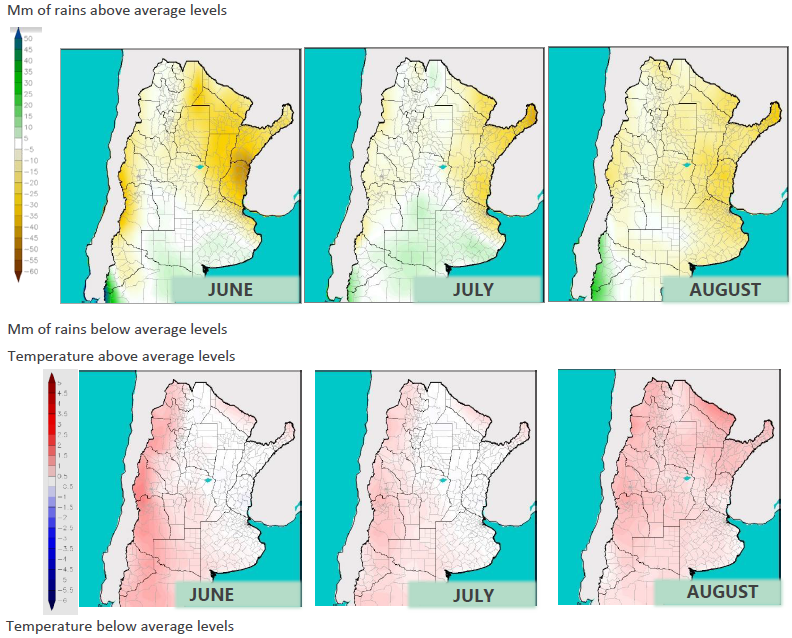
Cattle operation: We have currently above 5,300 heads at the farm, all in very good shape knowing that we are coming from an intense drought period.

Insemination process of the 2,258 cows in service (natural & artificial) took place mid-May, and the fertility tests will be performed by the end of June 2021. You can see below some 2 years old heifers performing their 1st service in 2021.
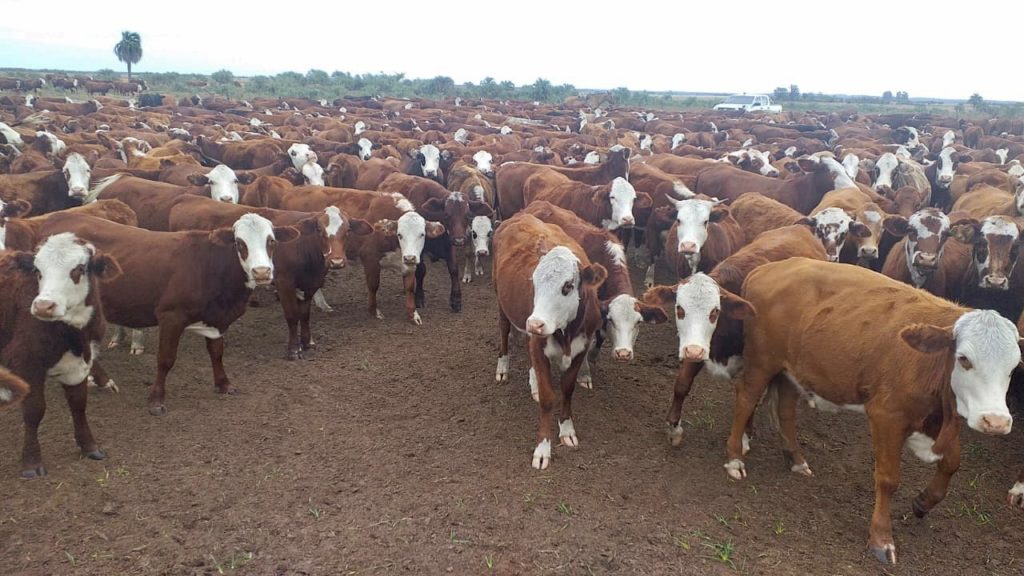
We are also in the process of upgrading and refreshing the corral facilities to have a better service for delivery or sanitary duties. You can see the refreshing work performed for the entry of the cattle into the chute.


Sales: We are in the process of selling 375 calves of around 150 kg at the same market conditions then before the introduction of export restrictions. We could get this great opportunity thanks to the quality of our breed (good hold, colour and uniformity of the calves).

PARAGUAY – Low rainfalls generate unrest in the Parana River and in Brazil (June 2021).
Lower rainfall in the region has impacted the Paraná river flow, which has dropped to less than half of historical averages. This affects its navigability and concerns agribusiness since a large part of crop harvests from Argentina, southern Brazil and Paraguay are exported via the ports of Santa Fe. The Paraná is one of the longest lowland rivers in the world with almost 5,000 km long.
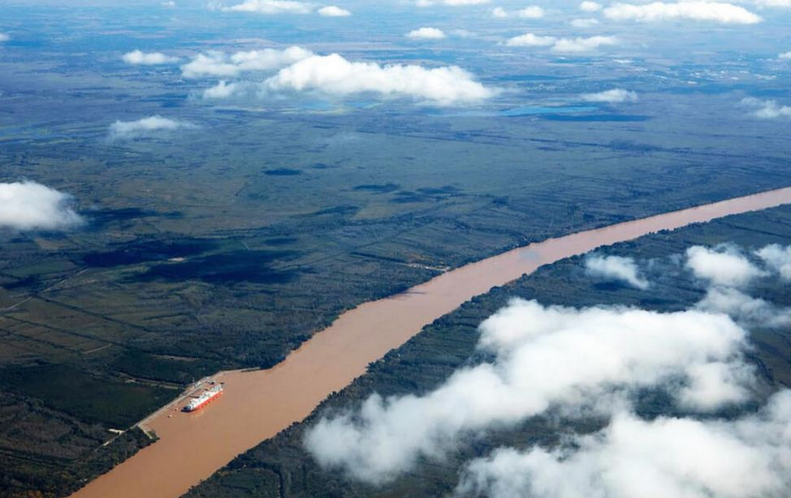
According to the Rosario Stock Exchange, the low water level, considered as the most severe in 50 years, cost exporters already $244 million in 2020 as vessels were unable to operate or load normally. This means that Argentine and Paraguayan exporters are not able to benefit as much as they could from high international prices for agricultural products.
As our farm is situated along the river Tebicuary (a tributary to the Paraná River), we clearly face currently a shortage in water. So far, we could pump during 2 days in June, bringing our water reserve in our artificial lake (480 ha) to a bit less than 25% of its capacity. We need still 1 million liters of water to be at optimal capacity.
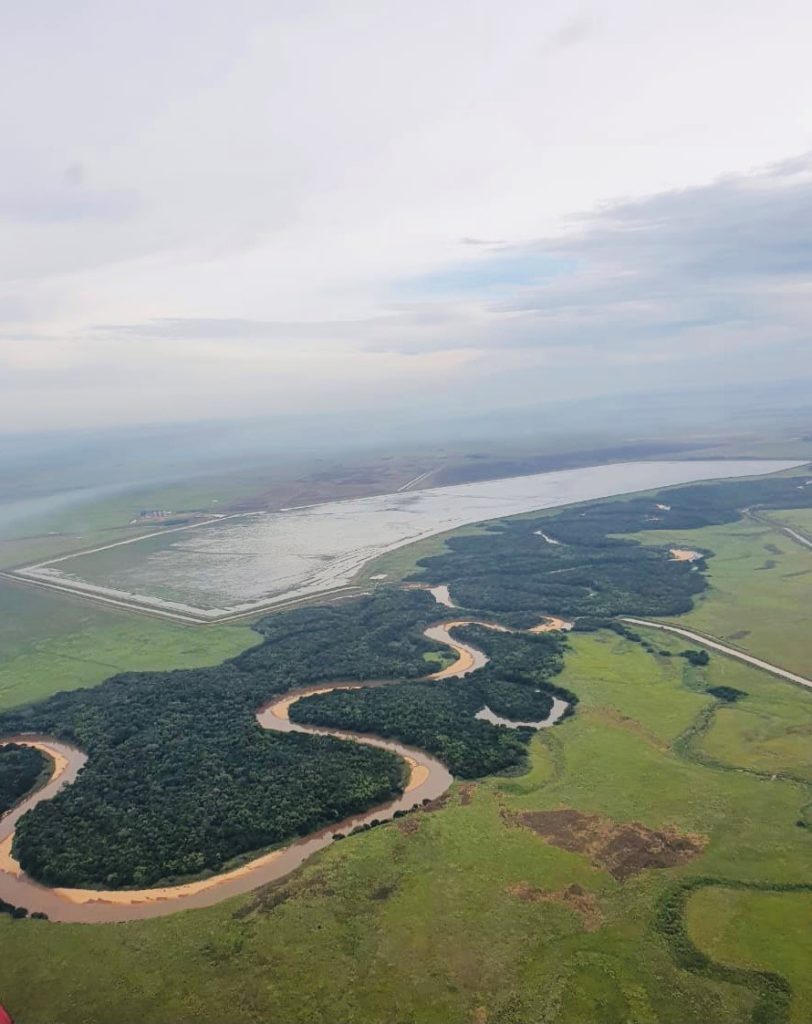
We are now in winter period and temperature are higher than usually for the season. Most of the times, this mean that a dry spring and summer are going to follow and that existing water reserves such as lagoons, rivers, etc will not be sufficient to compensate for the entire season the lack of water/rains. If that happens, we are going to reallocate some rice surface to soybean cultivation as this crop is not anaerobic like rice.
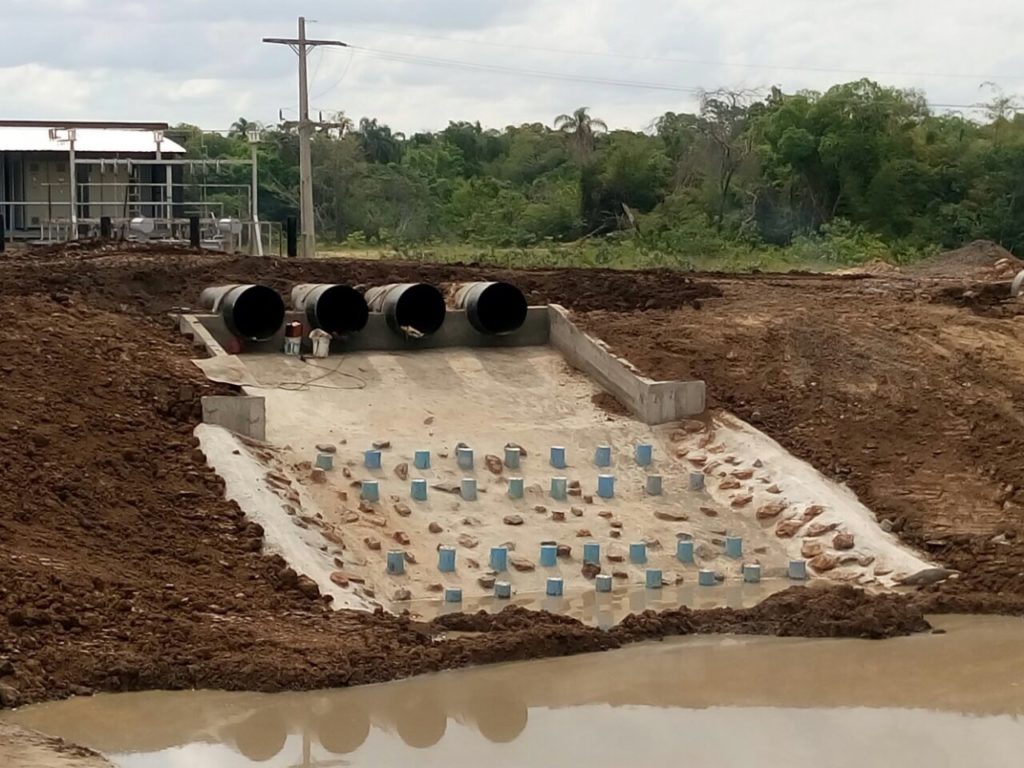
The situation faced currently in southeast and central-west of Brazil makes us think that dryness will hurt our rice activity in the coming season. Southeast and central-west of Brazil (2 key regions) are facing the worst drought in nearly a century, and is wreaking havoc on hydroelectric dams and crops.
As if the fallout of the drought weren’t enough, epidemiologists warn Brazil may also be facing a brutal new surge of Covid-19.
PARAGUAY – Advances in soybean land preparation at Salitre Cue (June 2021).
We are currently applying a fertilizer rich in limestone to enhance our future soybean cultivation as our soil is relatively acidic. Calcareo have been applied and incorporated so far in 300 ha among the 1,100 ha dedicated to soybean cultivation.
We are waiting for some rains to extend the process in order to get an optimal soil quality to sow soybean. Rains would also help as the soil would be more malleable after.

However, we have to face some delays in delivery of the calcareous fertilizers (calcalero) as national strike of truckers begins on May 24. Truckers union and allied organizations protest against rising fuel costs.

As for our rice activity, we are in the low season. Due to shortage of rains, we could only pump water during 10 days in April from the river and recover so far only 20% of our capacity in our artificial lake (480 ha). We have still time before the beginning of the rice sowing season (forecasted to begin on August 20) but the latest weather forecasts are predicting lower rainfall level than usually for July and August with higher temperature than usually for this period (ie winter period). We hope that we are not going to face the same shortage and drought situation than in 2020/21 … so far, forecasts are neutral for the season.
